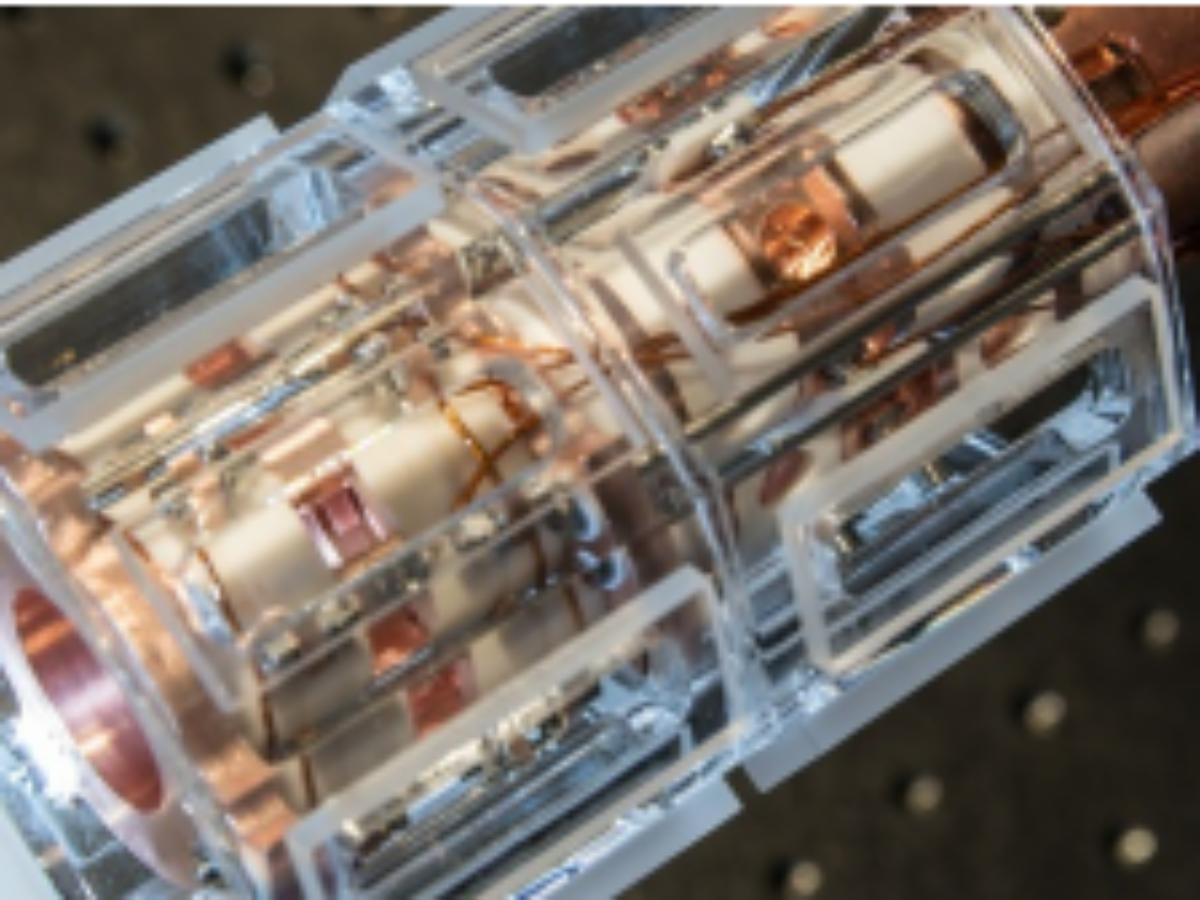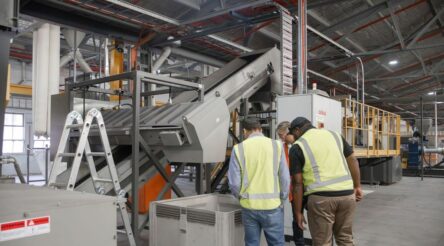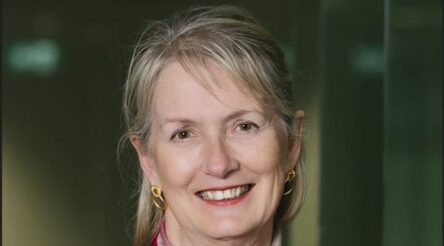Michael Biercuk on quantum computing and deep tech policy

By James Riley
Michael Biercuk sits at the centre of a bunch of areas of strategic national interest as a quantum physicist at the University of Sydney, and as the founder/CEO at the VC-funded quantum startup Q-CTRL.
Professor Biercuk has a view on many things, but probably none more so than on the government policies that will help grow new companies and new industries out of Australia’s deep tech research.
And right now is a good time to rethink Australian industrial policy.
This includes a rethink about university incentives and funding models, public sector research funding levels, government procurement, skills development and global skills attraction, among a list of other areas.
In the current environment, he said it is important to segregate the policies that address the acute health and economic crisis from those longer-term policy positions that can help position Australia for the decades ahead.
But the crisis itself has focused the attention of leaders across the economy, and it is a good moment to use the short-term crisis to drive longer-term outcomes.
The Q-CTRL story is a microcosm of different policy interests. It has attracted blue chip venture capital investors from around the world – including Horizons Ventures, Sequoia, Sierra Ventures, Main Sequence, In-Q-Tel, Data Collective and Square Peg.
The company has attracted customers among the defence and intelligence agencies in governments offshore – the US – but has not yet sold its product into its own government.
It is not entirely self-interest about Q-CTRL that has Prof Biercuk lamenting government’s lack of procurement support for locally developed tech.
He said this is a problem across the deep tech sector in Australia, and has called for “new funding routes and new funding mechanisms that facilitate better engagement with potential government customers.”
This is certainly true of quantum computing but could equally apply to other deep tech startups. He wants to see the creation of programmes like the SBIR (Small Business Innovation Research) program in the US.
Biercuk said: “What is really missing is the bridge into the commercial side.
“And what you see in places like the United States in successful deep-tech integrations into, say, the defence or intelligence communities, is that the government is an early customer.
“The government provides either bridging support either through [specially designated small business loans or grants] and then it becomes a purchaser of the technology produced by those organisations.”
In areas of deep tech generally, and strategic tech importance specifically, programmes of “million-dollar or multimillion-dollar scale grants that are targeted at individual performers enable the bridge to continued research and development while at the same time performing the commercialisation, the translation process of advanced technology.
“When it is deep tech focused – when it’s not about selling wine through a mobile app – there can be potentially two to three to four years of ongoing research, and developing not just the commercialisation effort but in continuing to build capability that really makes it a commercially viable product as opposed to an idea for a product.
“That’s where the research finding is essential.”
There is a lot of policy work to be done to get the settings right, Prof Biercuk said. But the payoff for the nation is potentially huge.
Australia has a track record of research excellence, and if we can get the commercialisation settings right, there is long term structural benefits to be had.
This is certainly the case in quantum computing, as evidenced by a report prepared by the CSIRO on behalf of the local quantum community.
The point of the CSIRO report was that it was presented a series of recommendations that had been developed from the bottom-up, by the community itself.
Biercuk said: “It was not the government or any sort of other entity telling us how we were going to proceed.
“This was completely bottom-up driven where the community got together and asked the CSIRO to lead this initiative as an impartial third-party who could do a dispassionate evaluation of the global situation [and] of the Australian situation, and to make policy recommendations.
“This is important, because it means that the community is behind this effort, it is not being foisted on us.”
The report says Australia could create a $4 billion quantum sector by 2040, employing 16,000 people from a global market worth about $76 billion.
The numbers, Biercuk said, are based on a “not unreasonable” economic analysis and is roughly in line with other published predictions.
But the important question posed in the report he said, is about how much of this global market that Australia can capture over the next 20 years, “and this is highly, highly dependent on what policy settings we have.”
The reality is that the whole sector – all that current potential – can head offshore if we get the policy prescriptions wrong.
Obviously, this would be a shame as Australia right now finds itself with some genuine and valuable quantum expertise.
This has been the result, Prof Biercuk said of the vision and tenacity of a couple of scientists who were agitating projects in this area last century, long-term research investments, and serendipity.
This story first appeared in InnovationAus.
Picture: USYD
Subscribe to our free @AuManufacturing newsletter here.
Topics Manufacturing News
@aumanufacturing Sections
Analysis and Commentary Awards Defence Manufacturing News Podcast Technology Videos










